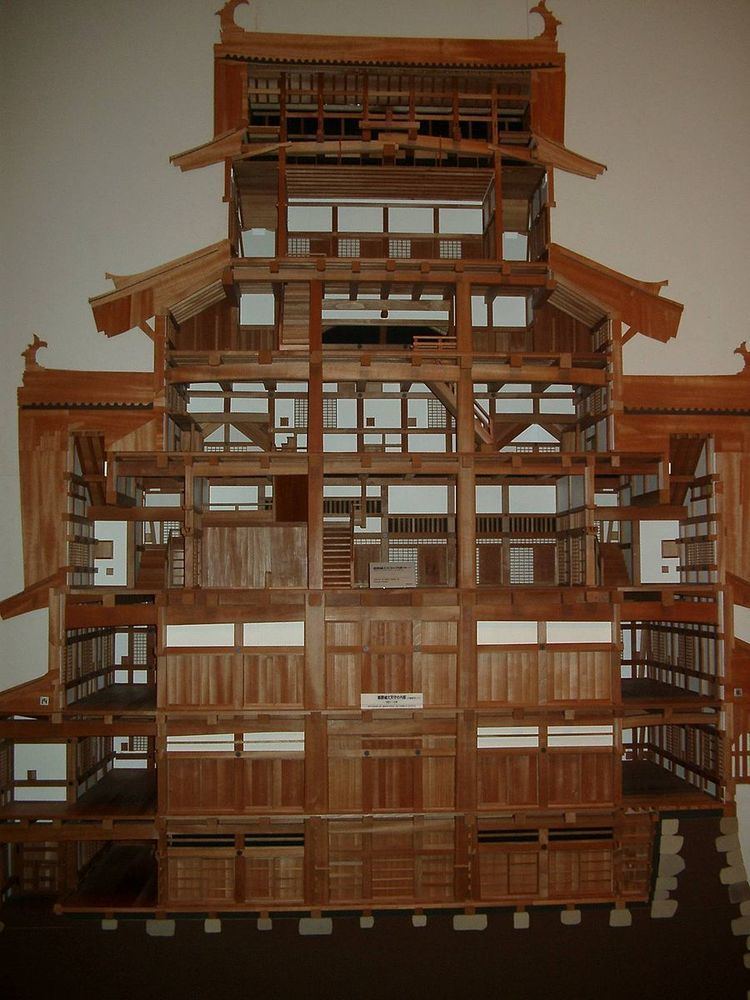 | ||
The koku (石?) is a Japanese unit of volume, equal to ten cubic shaku. In this definition, 3.5937 koku equal one cubic metre, i.e. 1 koku is about 278.3 litres. The koku was originally defined as a quantity of rice, enough rice to feed one person for one year (one masu is enough rice to feed a person for one day). A koku of rice weighs about 150 kilograms (330 pounds).
In 1891, a smaller koku was defined such that one koku equalled exactly 240100⁄1331 litres, which is about 180.39 litres, or about 5 bushels (40 imperial or 48 US gallons), or ~68.4% the size of the original "koku".
Under the Tokugawa shogunate of the Edo period (1603–1868) of Japanese history, each feudal domain had an assessment of its potential income known as kokudaka which in part determined its order of precedence at the Shogunal court. The smallest kokudaka to qualify the fief-holder for the title of daimyō was 10,000 koku and Kaga han, the largest (other than that of the shogun), was called the "million-koku domain". Its holdings totaled around 1,025,000 koku. Many samurai, including hatamoto, received stipends in koku, while a few received salaries instead. In the Tōhoku and Hokkaidō domains, where rice could not be grown, the economy was still measured in terms of koku, with other crops and produce converted to their equivalent value in terms of rice. The kokudaka was not adjusted from year to year, and thus some fiefs had larger economies than their nominal koku indicated due to land reclamation and new rice field development, which allowed them to fund development projects.
Koku was also used to measure how much a ship could carry when all its loads were rice. Smaller ships carried 50 koku (7.5 t) while the biggest ships carried over 1,000 koku (150 t). The biggest ships were larger than military vessels owned by the Shogunate.
The Hyakumangoku Matsuri (Million-Koku Festival) in Kanazawa, Japan celebrates the arrival of daimyō Maeda Toshiie into the city in 1583, although the Maeda's income was not raised to over a million koku until after the Battle of Sekigahara in 1600.
The koku unit is still commonly used in the lumber industry in Japan.
